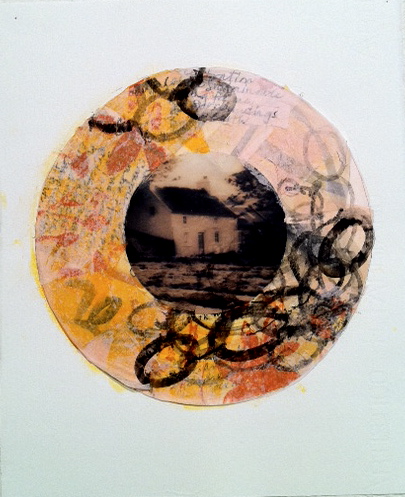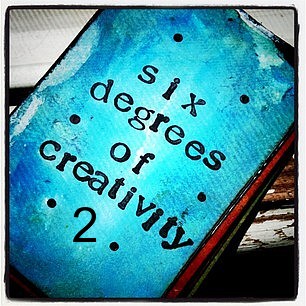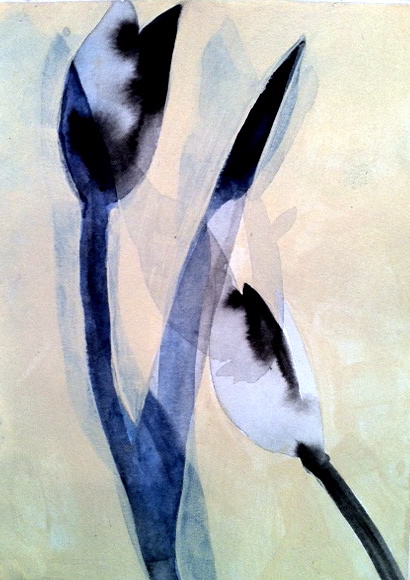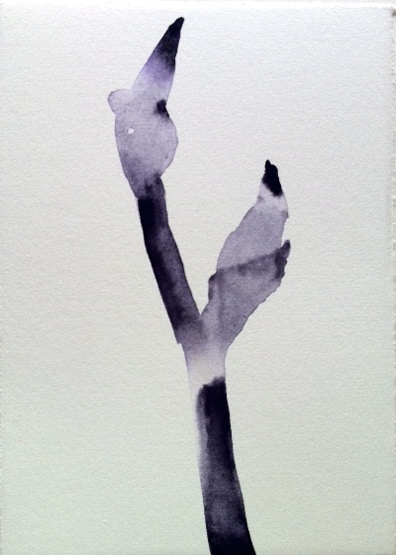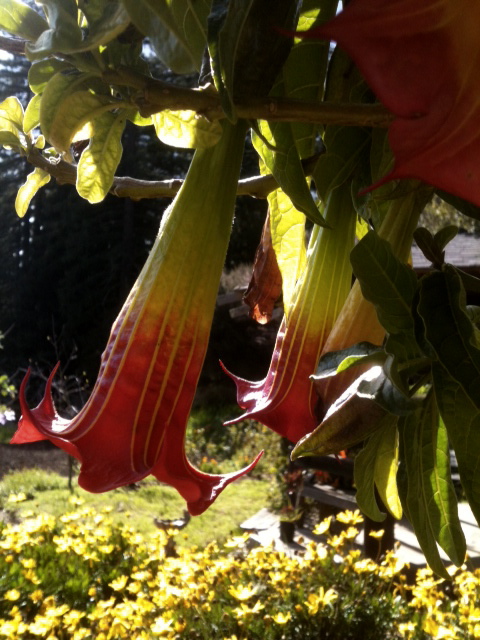 For the past several days, I've been working on a plan for my upcoming workshop: Still Point in a Changing World.
My original idea for the workshop was to offer participants an opportunity to spend time in their studios, (whatever their definition of studio might be) on a daily basis for the period of 21 days.
For the past several days, I've been working on a plan for my upcoming workshop: Still Point in a Changing World.
My original idea for the workshop was to offer participants an opportunity to spend time in their studios, (whatever their definition of studio might be) on a daily basis for the period of 21 days.
A common notion states that a habit requires 21 days to set. (In actuality, some habits can take longer, but I thought that this time period would be workable range in people's lives.)
I wanted the studio practice to be akin to a meditation practice; something that they could return to day after day from whatever flurry they found themselves in and locate a point of stillness.
It was inspired too, by my own practice of watercolor, which I'd conceived in a time of hospital fatigue.
I'd wanted to do something simple, daily and beautiful, with which I could find refreshment, nourishment and tranquility. I found it in the watercolors..
However, I realized that I couldn't just say to workshop participants : "Ok, get yourself a box of watercolors, find something to paint and just keep it up for the next 21 days." Instead, I decided to read about mindfulness and creativity and found myself covered in reference books.
At the same time, the Jewish practice of the Counting the Omer began. (This ancient practice takes place between the holiday of Passover and the later harvest festival of Shavuot).
An artist friend of mine, Laura Hegfield, introduced me to a Facebook page entitled, "A Way In," where Counting the Omer has been re-imagined as an invitation to mindfulness practice: paying attention not only to each day as it passes but also to the individual spiritual qualities which were assigned to it by the 16th century Jewish mystics.
I became fascinated with the simple words and phrases which were offered up each day like a carefully crafted ceramic bowl.
I decided to weave some of the meditations (along with others from a variety of sources) together with prompts for each of the 21 days. Each day of the 21 day workshop will offer a meditation and studio practice for artists to explore.
I couldn't wait, so I decided to start experimenting myself. I'm working on Day 10 and you can see the results above. If you're intrigued, you can register here for my workshop and discover what the rest of the days, and the other five workshops, have to offer.

